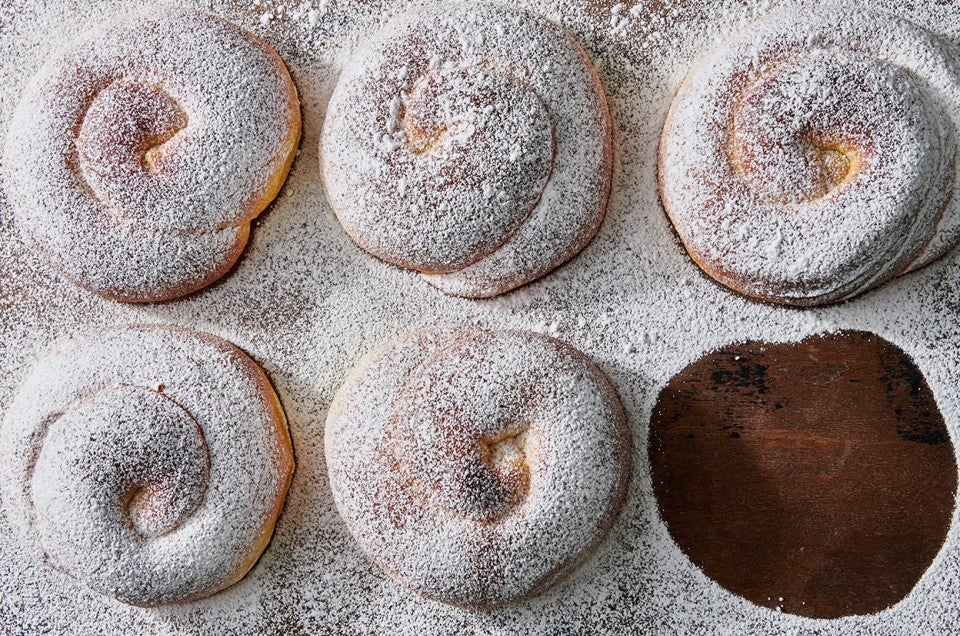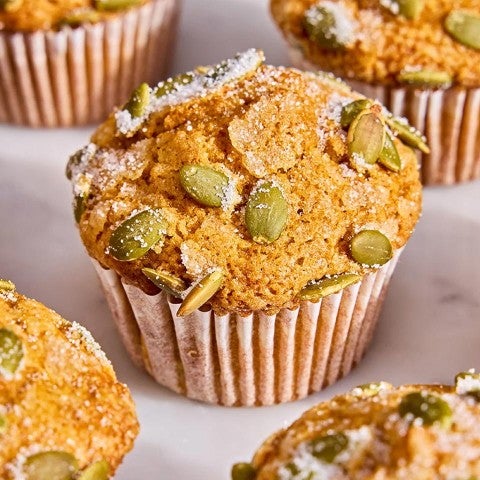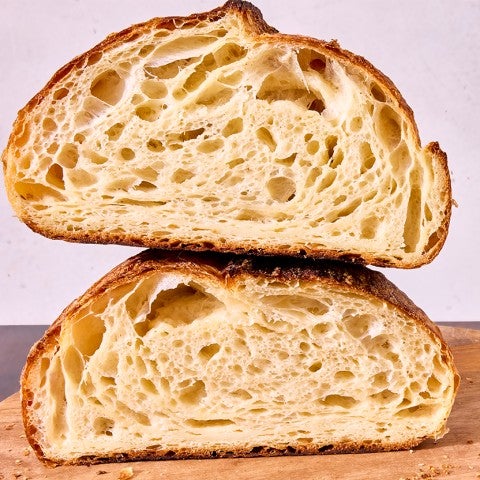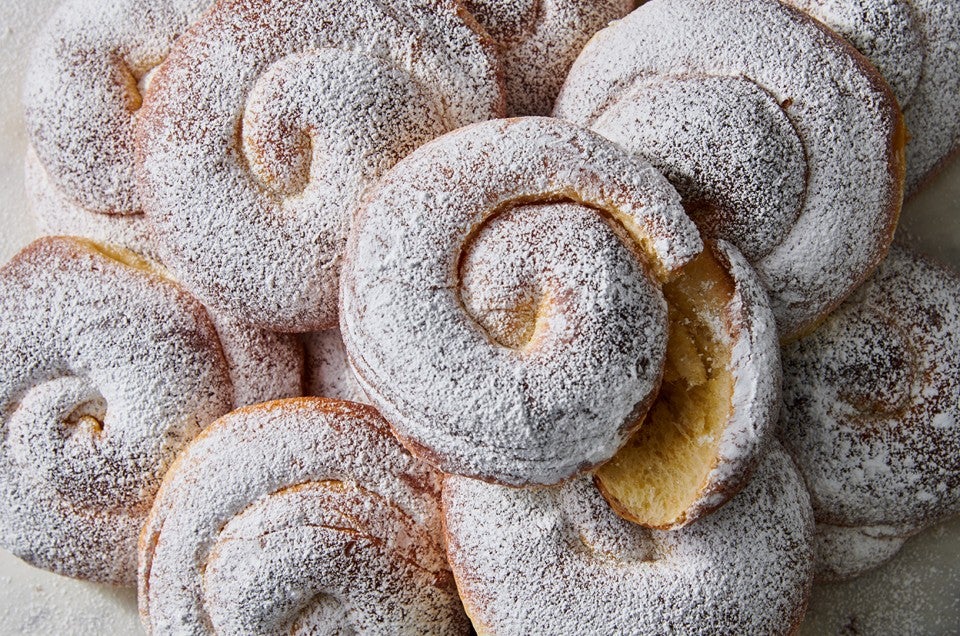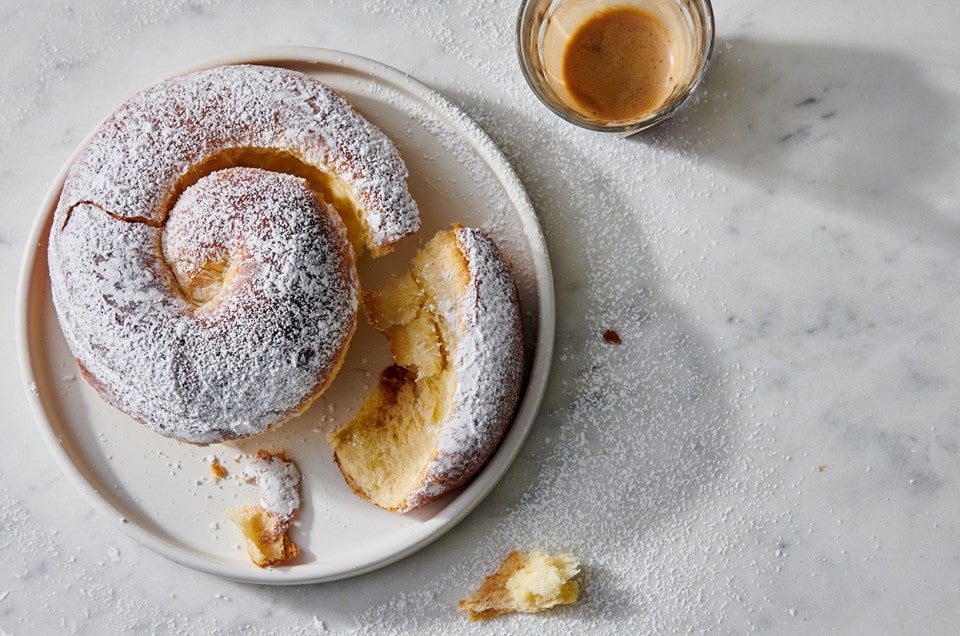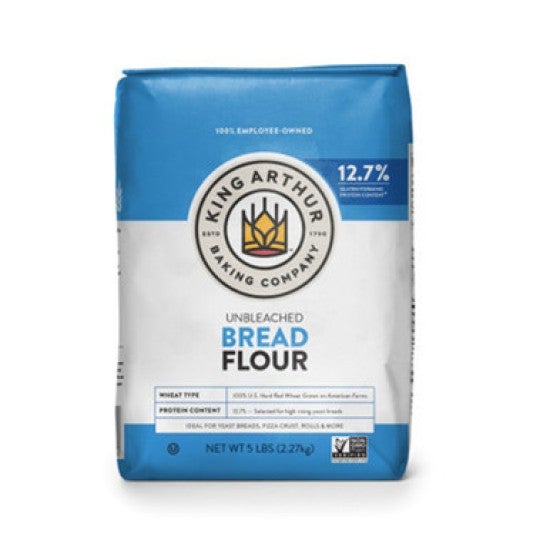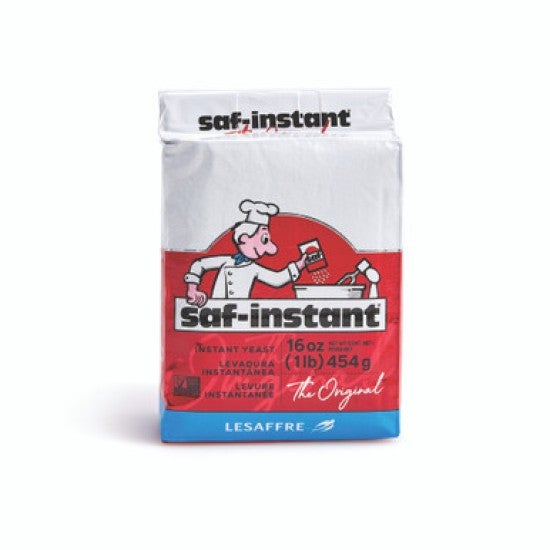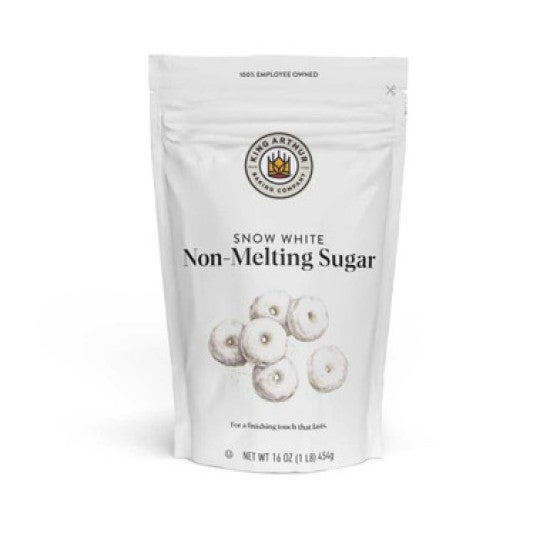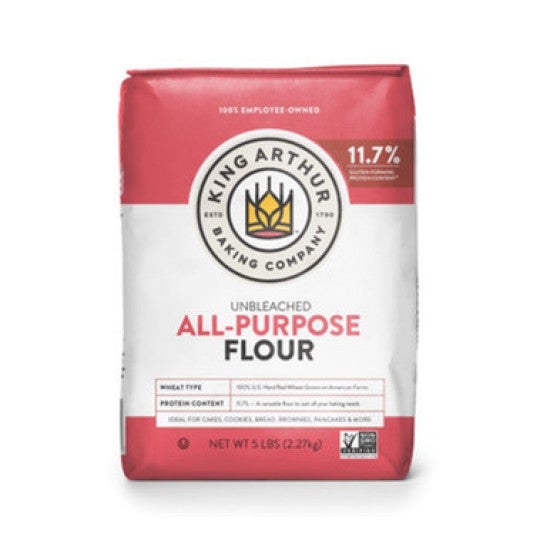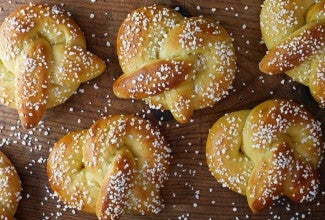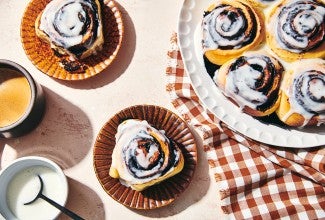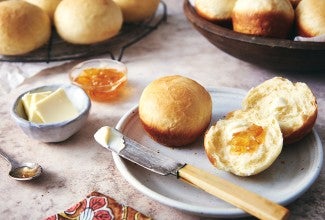-
To make the dough: In a small saucepan over gentle heat (or using the microwave), heat the lard or butter just until it melts. Set aside to cool slightly.
-
In bowl of stand mixer fitted with the dough hook, mix the flour, sugar, yeast, and salt until well combined.
-
In a medium bowl, whisk together the water, milk, and yolks until incorporated.
-
Add the wet ingredients all at once to the bowl of the stand mixer and start mixing at low speed until a somewhat dry, shaggy dough forms, about 1 minute. With the mixer running, slowly stream the melted lard or butter into the bowl. Stop the mixer once or twice to scrape down the sides of the bowl as needed. By this time, the dough should have no dry bits remaining.
-
Once the lard or butter is incorporated, increase the mixer to medium speed and continue to mix until the dough cleans the sides of the bowl and gathers around the dough hook, about 10 to 15 minutes.
-
Once the dough looks tight and feels bouncy, perform a windowpane test. A properly-mixed dough will be smooth, tacky, very stretchy, and make a beautiful thin windowpane. If the dough tears before a windowpane appears, continue mixing at medium speed in 5-minute increments. Monitor the temperature of the dough so that it does not exceed 90°F to prevent the lard or butter from getting too soft.
-
Once fully kneaded, cover the dough and allow it to rest at room temperature (“proof”) for 30 minutes. The dough will not rise much during this time.
-
To shape the mallorcas: Line a baking sheet with parchment or a reusable baking mat.
-
Divide the dough into 6 even portions (about 120g to 124g each). For easiest shaping, complete the next four steps in a serialized way: Do one step for all the pieces, then move on to the next step for all pieces again, etc.
-
Flatten each piece of dough with a rolling pin until they’re roughly 10" x 3".
-
Starting with the first piece of dough you rolled, stretch the top corners to reinforce the 3" width and press down to adhere it to the table. Gently pull on the bottom of the now-anchored dough to stretch it toward you to achieve a rectangle about 12" to 16" long. (If it tears a bit, just keep going, or let the dough rest briefly to relax the gluten so that the dough becomes more extensible.) When the dough is the right size, press the bottom two corners down on the table to adhere them. Repeat with the remaining pieces of dough.
-
Use your hand to smear the remaining 2 to 3 tablespoons (28g to 42g) of lard or butter in a thin layer over the surface of the dough rectangles.
-
Beginning with the first piece of dough that was stretched, roll it up into a log starting from one of the long sides, so you end up with a long rope of uniform thickness. Set aside and continue with other pieces of dough.
-
Go back to the first log and use the palms of your hands to roll it gently from the center outwards 2 to 3 times to seal the seam and lengthen it to about 18". Transfer the log to the prepared baking sheet, then loosely coil it like a snail, leaving room for the dough to rise, then tuck the end under the coil. (Avoid coiling the dough too tightly; a tight coil will rise upward, as opposed to filling in the empty space.) Repeat with the remaining dough logs, spacing them apart evenly on the baking sheet in 2 rows of 3.
-
Cover the mallorcas loosely with plastic or a reusable cover and let them rise at room temperature (ideally around 75°F) for at least 6 hours and up to 16 (overnight). When properly proofed, the mallorcas will look noticeably puffier, and the dough coils will fill out any of the empty space that was left during shaping.
-
To bake the mallorcas: Preheat the oven to 375°F.
-
Use a pastry brush to gently coat the mallorcas with egg wash. Bake for 10 minutes, then rotate the pan and bake for another 10 minutes, or until the buns are golden yellow (not golden brown) and the internal temperature is 195°F when measured with a digital thermometer.
-
Allow the mallorcas to cool fully before dusting them liberally with confectioners’ sugar or non-melting sugar before serving.
-
Storage instructions: Store the mallorcas, not dusted with confectioners’ sugar, in an airtight container at room temperature for up to 2 days. To serve, try slicing a mallorca in half, buttering both sides, then cooking it buttered-side down over medium-high heat until golden brown all over (press so that it makes contact with the pan). Enjoy as is or use as the base of a sandwich. Stale mallorcas also make a wonderful French toast.
